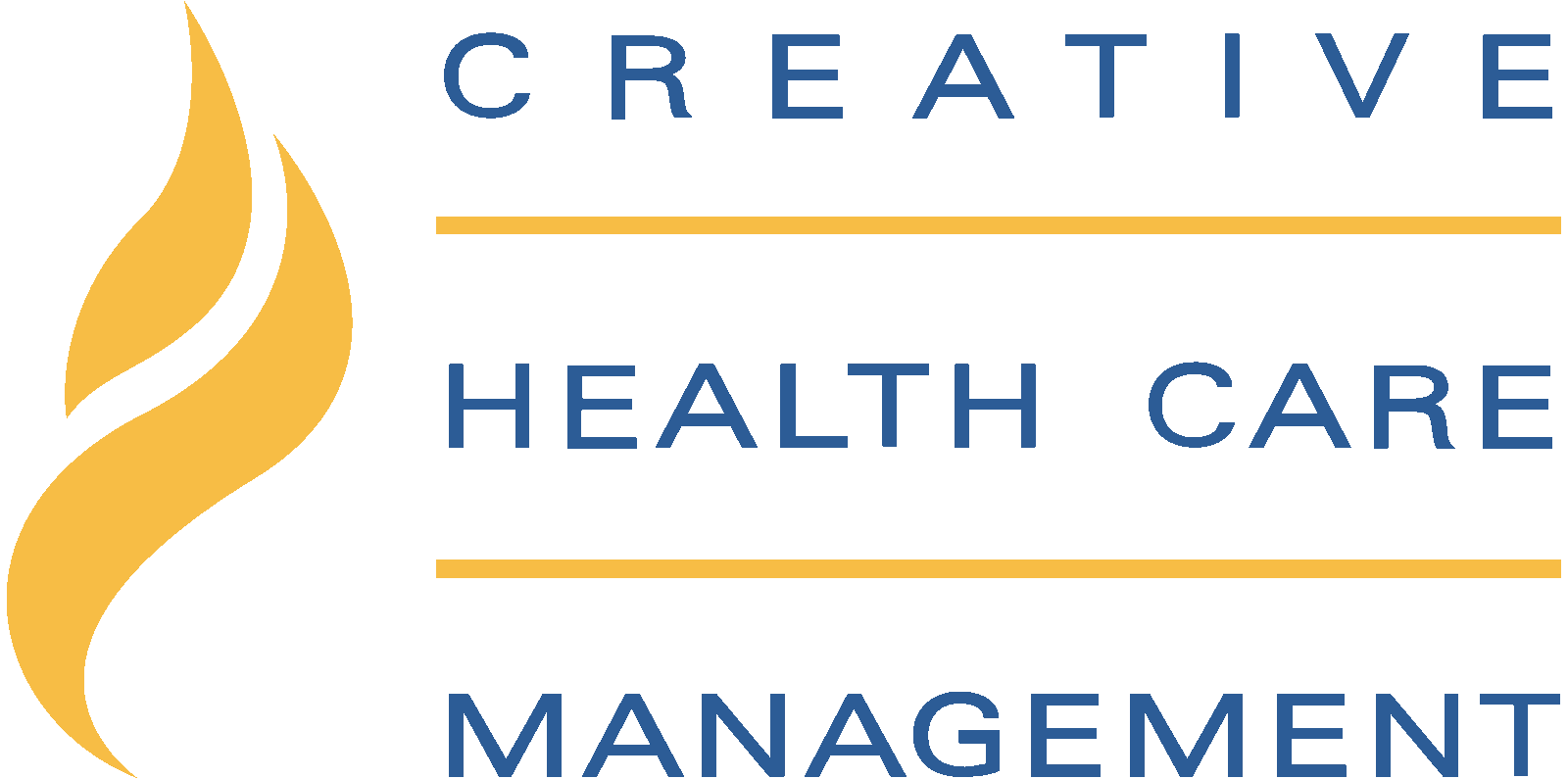HCAHPS is one of the gold standards when it comes to measuring patient engagement and satisfaction in the U.S. medical or hospital industry. HCAHPS, pronounced “H-caps,” stands for Hospital Consumer Assessment of Healthcare Providers and Systems.
It was developed by the Centers for Medicare & Medicaid Services (CMS) in partnership with the Agency for Healthcare Research and Quality (AHRQ). Although it was designed for government agencies as a way to help them collect data on patient care and plays a major role in the Hospital Value-Based Purchasing program of CMS, it has grown beyond its original utilization.
Also known as the CAHPS Hospital Survey, this survey is now widely used by hospital systems in the U.S. as they embrace the concept of consumerism and work towards improving consumer or patient satisfaction and ensuring a consistently high quality of care.
3 Goals of the HCAHPS Survey
There are three broad goals that helped shape and improve the HCAHPS since it was first implemented in 2006. They are:
First Goal – provide data on patients’ perspectives
To provide data on patients’ perspectives of care that can be used for objective hospital comparisons, particularly regarding topics consumers or patients consider important.
Second Goal – create new incentives to improve the quality of care
To create new incentives for hospitals to improve the quality of care they provide patients through the public reporting of HCAHPS survey results.
Third Goal – improve accountability
To improve accountability in the healthcare industry by ensuring better transparency on hospital care quality through public reporting
The Current Content of HCAHPS
The HCAHPS survey today consists of 29 questions regarding their hospital experience. Out of the 29 questions, 19 core questions revolve around critical aspects of the patient’s hospital stay and the care they received.
Specifically, the survey consists of questions about:
- Communication with the doctors and nurses
- Overall responsiveness of hospital staff
- Cleanliness of the hospital environment
- Quietness within the hospital environment
- Communication regarding prescriptions or medications
- Discharge instructions and care
- Overall patient experience and hospital rating
- Likelihood of the hospital referring or recommending the hospital
Other questions are used to direct patients toward other topics or relevant questions. Some are also asked to determine patient demographics and patient education. The HCAHPS survey also includes questions used for Congressionally-required reports.
Administering the HCAHPS Survey
HCAHPS is only given to a random sample of patients, with the adult version administered to patients ages 18 and up. Although the CMS uses the resulting patient data, the HCAHPS survey is given to all patients, regardless of whether they have Medicare or not.
An average of over 8,400 patients complete the HCAHPS survey daily, with a total of around three million patients completing the survey annually. Hospital systems are required to administer the patient satisfaction survey every month without fail.
In general, the surveys are administered through an approved survey vendor. In general, hospitals do not collect their HCAHPS data unless they have approval from the CMS.
The survey is given between 48 hours and six weeks after the patient has been discharged. It may be issued via mail, phone calls, interactive voice recognition (IVR) software, or a combination of mail and follow-up calls.
Reporting HCAHPS Survey Scores
The aggregate of all HCAHPS scores, both past and current ones, are publicly available on the official HCAHPS website.
Official HCAHPS scores are available on the Hospital Compare website but are not allowed to be used for marketing purposes. The HCAHPS survey scores are intended solely for quality improvement. Scores published anywhere else are “unofficial” and are required to be labeled as such.
The publicly available reports are divided into “top-box,” “middle-box,” and “bottom-box.” The top-box scores comprise the most positive survey responses, while bottom-box scores are the ones that get the most negative responses.
To get into the top-box, hospitals need to get an “Always” answer to six or more composites and two individual questions. Hospitals in the bottom-box are those that got more “Sometimes or Never” survey responses and are not likely to be recommended by former patients.
7 Crucial Composite Scores in HCAHPS
There are 11 HCAHPS measures available to the public on the Hospital Compare website. Out of these 11 measures, there are 7 that are considered composites. This means the scores are obtained from more than one survey question.
Composite scores give both the hospital and the patients a quick look at the facility’s overall patient experience information. More importantly, their nature makes composites one of the best and easiest ways to improve a hospital’s overall patient satisfaction scores.
Improving one low-composite rating can raise the overall score more than focusing on the four non-composite measures. As such, hospitals that want to improve their patient satisfaction scores are advised to focus on improving the following composite areas:
- Doctors’ communication with patients
- Nurses’ communication with patients
- Hospital staff responsiveness
- Pain management
- Medication communication
- Discharge information communication
- Care transition
These HCAHPS composites are also included among the measures reported to the CMS’s Hospital VBP program.
Do HCAHPS Scores Really Matter?
Yes, HCAHPS scores matter — very much so. HCAHPS survey results are unlike any other patient experience surveys. The difference largely stems from the fact that the data is publicly reported and used by the CMS.
Aside from guiding the hospital administration toward improving patient experience and overall satisfaction, the HCAHPS results can influence patients’ trust. They can contribute to their choice of hospital, with patients typically avoiding hospitals in the bottom-box or those with low ratings.
Why does this matter for the healthcare professionals employed by hospital facilities? Essentially, the lower the public perception is of the hospital, the fewer patients it will have — and fewer patients translates to the hospital making less money.
HCAHPS scores are reported to the CMS
Moreover, HCAHPS scores are reported to the CMS and used as part of the agency’s Hospital VBP program. Naturally, better survey scores are taken as an indication of better performance and quality of care, which is then rewarded accordingly.
The CMS uses hospitals’ overall performance as a basis for its value-based incentive payments, adjusting a portion of it for those with higher patient satisfaction scores. The quality of care that Medicare patients receive, in particular, is a determining factor for how much Medicare reimbursement the facility receives.
The Impact of the HCAHPS Survey
As the first national, standardized, and publicly reported hospital consumer assessment of patients’ overall experience with hospital care, the Hospital Consumer Assessment of Healthcare Providers and Systems has a heavy impact, particularly on hospitals and medical professionals.
For hospital systems, healthcare organizations, and healthcare providers, HCAHPS survey results are invaluable for helping improve the quality of care, patient outcomes, and patient satisfaction. The results inform administrators and management about areas that patients find lacking. They also aid the hospitals in ensuring patient safety and maintaining hospital quality. The results are used not only as an incentive to improve but also as a guide for implementing quality improvement initiatives.
HCAHPS survey results are useful to all parties involved in healthcare — not only for the hospitals and healthcare providers but also for government regulatory bodies and even patients themselves.
Since ensuring superior-quality care and high levels of patient satisfaction should always be at the top of any medical facility and healthcare provider’s list of priorities, thousands of hospitals across the U.S. use their HCAHPS survey scores as a basis for improvement.
In 2017, there were already over 4,300 U.S. hospitals using the HCAHPS survey for adult patients. Today, the results of a hospital’s HCAHPS survey dictate the standards they must reach.
The Struggle With Improving HCAHPS Scores
The widespread adaptation and use of the HCAHPS survey have helped many hospitals improve their standing, not only with CMS but also with the general public. However, just as many have found the HCAHPS useful, some find their results less than ideal and struggle with improving their scores.
For these hospitals, HCAHPS survey scores can be a recurring topic during staff meetings. It is only natural for the hospital administration to push for improving HCAHPS scores. At the same time, simply asking or urging doctors, nurses, and other healthcare professionals to work on improving their HCAHPS scores rarely brings positive results.
After all, healthcare workers already have a heavy workload and various complexities they need to navigate to ensure they provide prompt and correct care to patients. Adding to their always-increasing workloads without proper explanation or clear guidance can be a huge part of why hospitals may struggle with improving their HCAHPS scores.
Tips for Improving Patient Satisfaction and HCAHPS Scores

Hospitals that want to improve their HCAHPS scores first need to analyze their current survey results. Assessing both composite and individual scores will help in identifying their strengths, weaknesses, and opportunities for improvement.
Even if the hospital chooses to focus on improving composite scores, that does not mean they can completely ignore individual items.
Below are some tips on how healthcare facilities can improve their HCAHPS scores.
Educate Healthcare Professionals
Hospitals should not assume all of their physicians and nurses are aware of the impact that HCAHPS scores have on the business. Some healthcare professionals may be unaware of how HCAHPS scores work and how they can negatively impact their livelihood.
Rather than just urging doctors and nurses to do better, it can help to invest in HCAHPS education. Knowing what areas are crucial for determining survey results can help improve awareness of their actions.
Communicate Clearly and Frequently
Communicating with patients is a huge component of HCAHPS survey scores. Moreover, communication is one of the key factors in implementing a patient-centric approach.
A patient’s perception of the hospital and the quality of care they receive starts as soon as they step foot in the facility and speak with the first staff member they encounter. Addressing their concerns promptly and keeping them in the loop throughout their stay in the hospital can increase their trust and confidence in the people taking care of them.
Even if a hospital already has good scores in nurse-and doctor-patient communication, there is no harm in further improving communication lines with patients. The more healthcare professionals communicate with their patients, the more information they learn — including information that may otherwise not be included in their records but can help in improving the quality of care they receive.
Implement Training on Core Competencies
Since positive patient experience hinges on staff performance, providing more training for nurses and doctors is a huge help. For HCAHPS, the core competencies refer to the composite topics or areas.
Regular training for nurses or doctors on how to properly discharge patients, what information patients need regarding medications, and what information to provide to ensure proper care transition will reinforce the skills and habits that can help improve scores.
Retraining even the most basic practices, such as making eye contact when communicating with patients and practicing patience, is also important. Sometimes, the little things can make the biggest difference with patients.
Invest in Health IT
Investing in health IT can help hospitals improve more than one composite score or core competency. One area it can greatly help with is care transition. Hospitals that have landed in the bottom-box for care transitions can invest in telehealth to give patients a point of reference and additional support following their discharge from the facility.
Telehealth can also be used to facilitate better communication between healthcare professionals and patients. Having the ability to connect with inpatients remotely allows doctors and nurses to provide more information regarding the patient’s condition, needs, and medications despite their busy schedules.
Improving the hospital’s communications platform can also help with the staff’s overall responsiveness. It is not enough to simply have a secure platform, it should also help streamline all operations and coordination through quick, easy, and accessible messaging.
Follow-up on Discharged Patients
A simple post-visit phone call can drastically improve patient experience and satisfaction. This can help improve the hospital’s doctor communication score, medication communication score, discharge information score, and even the care transition score.
Speaking with patients after their discharge can help remind them about proper medicine intake, thus preventing adverse medication events. It can also help alleviate fears regarding caring for themselves and ensure proper care transition.
Additionally, it may even help hospitals prevent readmissions, which can not only positively impact patient experience but also prevent penalties from regulatory federal agencies.
Meet Patient Expectations With the Help of Creative Health Care Management
Improving patient satisfaction and ensuring a positive patient experience requires a lot of hard work. This is where consulting companies like Creative Health Care Management come in. We are up to date on the changes needed to help you continually improve. We follow the HCAHPS publications from the HCAHPS Project Team to insure you meet the program requirements that are set by the HCAHPS Quality Assurance Guidelines.
Creative Health Care Management will help you analyze your HCAHPS scores and create actionable plans that are designed to address your weaknesses while further reinforcing your strengths. Our team will work closely with you to help you meet your goals, improve patient perception, and receive higher Medicare reimbursements from CMS.
Contact us today to schedule a consultation.
References:
https://www.cms.gov/Research-Statistics-Data-and-Systems/Research/CAHPS/HCAHPS1
https://thenerdynurse.com/should-nurses-care-about-hcahps-scores/
https://www.huronconsultinggroup.com/insights/improving-hcahps
https://www.hcahpsonline.org/globalassets/hcahps/facts/hcahps_fact_sheet_november_2017.pdf
https://www.healthrecoverysolutions.com/blog/improve-patient-satisfaction-with-these-six-scores
https://www.himssanalytics.org/news/why-are-hcahps-scores-important
https://blog.curogram.com/improve-hcahps-scores
https://www.ahrq.gov/cahps/surveys-guidance/hospital/about/adult_hp_survey.html
https://www.wolterskluwer.com/en/expert-insights/hcahps-scores-history-goals-and-impacts





